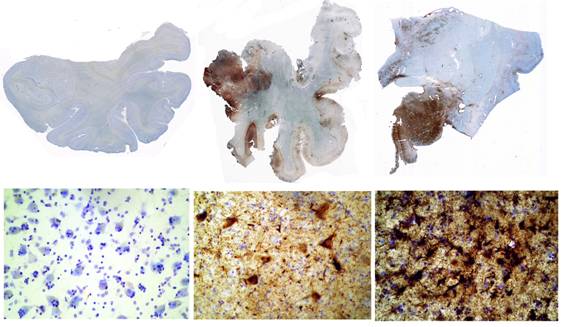Chronic Traumatic Encephalopathy (CTE) is a progressive degenerative disease of the brain
What is CTE?
Chronic Traumatic Encephalopathy (CTE) is a progressive degenerative disease of the brain found in athletes (and others) with a history of repetitive brain trauma, including symptomatic concussions as well as asymptomatic subconcussive hits to the head. CTE has been known to affect boxers since the 1920s. However, recent reports have been published of neuropathologically confirmed CTE in retired professional football players and other athletes who have a history of repetitive brain trauma. This trauma triggers progressive degeneration of the brain tissue, including the build-up of an abnormal protein called tau. These changes in the brain can begin months, years, or even decades after the last brain trauma or end of active athletic involvement. The brain degeneration is associated with memory loss, confusion, impaired judgment, impulse control problems, aggression, depression, and, eventually, progressive dementia.

In both sets of photographs, above, the brain tissue has been immunostained for tau protein, which appears as a dark brown color. Tau immunostained sections of medial temporal lobe from 3 individuals
http://www.bu.edu/cte/about/what-is-cte/
- Top left: Whole brain section from a 65 year old control subject showing no tau protein deposition
- Bottom left: Microscopic section from 65 year old control subject also shows no tau protein deposition
- Top middle: Whole brain section from John Grimsley showing abundant tau protein deposition in the amygdala and adjacent temporal cortex
- Bottom middle: Microscopic section showing numerous tau positive neurofibrillary tangles and neurites in the amygdala
- Top right: Whole brain section from a 73 year old world champion boxer with severe dementia showing very severe tau protein deposition in the amygdala and thalamus
- Bottom right: Microscopic section from a 73 year old world champion boxer with severe dementia showing extremely dense tau positive neurofibrillary tangles and neurites in the amygdala
Comments
Post a Comment